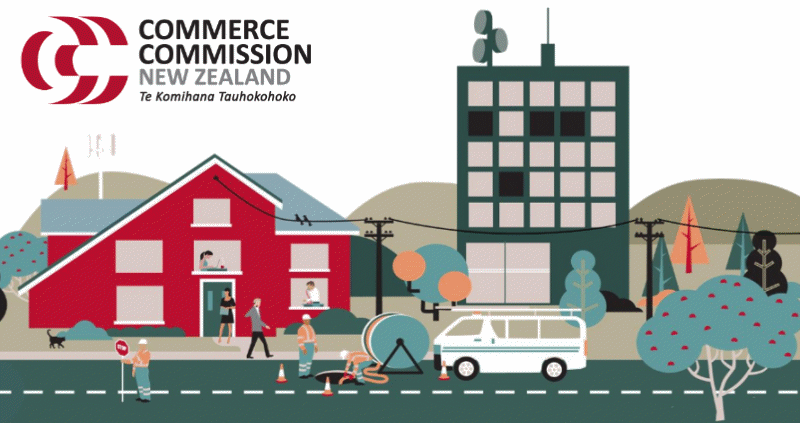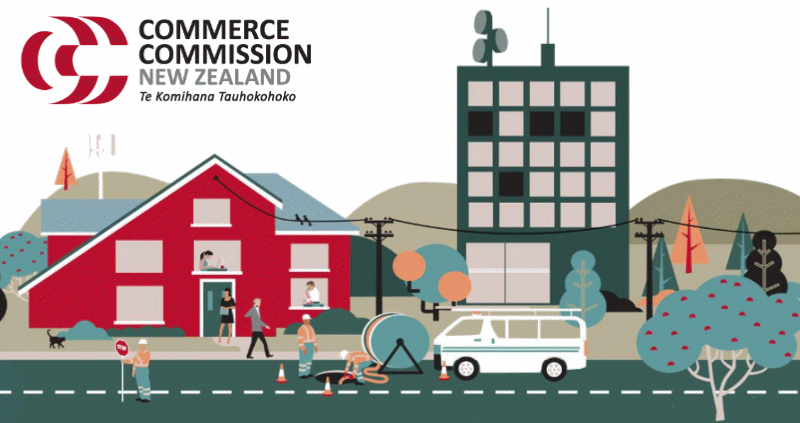Fibre broadband will soon overtake copper-based internet access among our cousins across the ditch, but it seems fibre speeds still leave a bit to be desired in New Zealand.
New Zealand's Commerce Commission released its 12th Annual Telecommunications Monitoring Report earlier this week.

The report indicates that as at the end of September, 668,850 households and businesses in the country were connected to fibre, a huge increase of 45% from 2017 (and 506,075 in December 2017 as we mentioned in March). It's quickly closing in on copper connection numbers, which plummeted 19% to 755,000 over the same period.
So the scoreboard as at September 30:
- Copper = 46% of all fixed broadband connections
- Fibre = 40%
Telecommunications Commissioner Dr Stephen Gale said he expected the fibre trend to accelerate, particularly as Kiwis' hunger for data grows. Average broadband data consumption jumped 70% over the last year to 172GB per month on average. Dr. Gale noted more than 70% of households in New Zealand are on plans with no data cap.
The 12th Annual Telecommunications Monitoring report can be viewed here (PDF).
NZ Fibre Not Performing At Its Peak
The Measuring Broadband New Zealand Initial findings report, 2018, was released today. It states overall download speeds for the testing period (1st Oct 2018 - 31st Oct 2018) were around 160Mbps, with upload speeds approximately 90Mbps. It noted a small impact on performance during peak times. The data was collected from 758 households accessing the internet using various technologies.
The November 2018 SpeedTest Global Index indicated the average fixed broadband download speed in Australia was 32.96Mbps, and an upload average of 12.81Mbps. It notes the New Zealand average as 83.96Mbps for download and 47.63Mbps for upload. So, using an apples to apples comparison, NZ still comes out way ahead of Australia on the SpeedTest benchmark.
While New Zealand's result sounds quite impressive, the Commerce Commission states fibre broadband services are consistently delivering less than 75% of the maximum speeds available. Dr. Gale said this was especially the case for the highest speed fibre services, which New Zealanders pay a premium price for.
The initial findings report can be viewed here. The final report will be available in January next year.
Kiwis keen to benchmark their internet performance can use Lightning Broadband's speed test to get an idea of how their connection fares.



